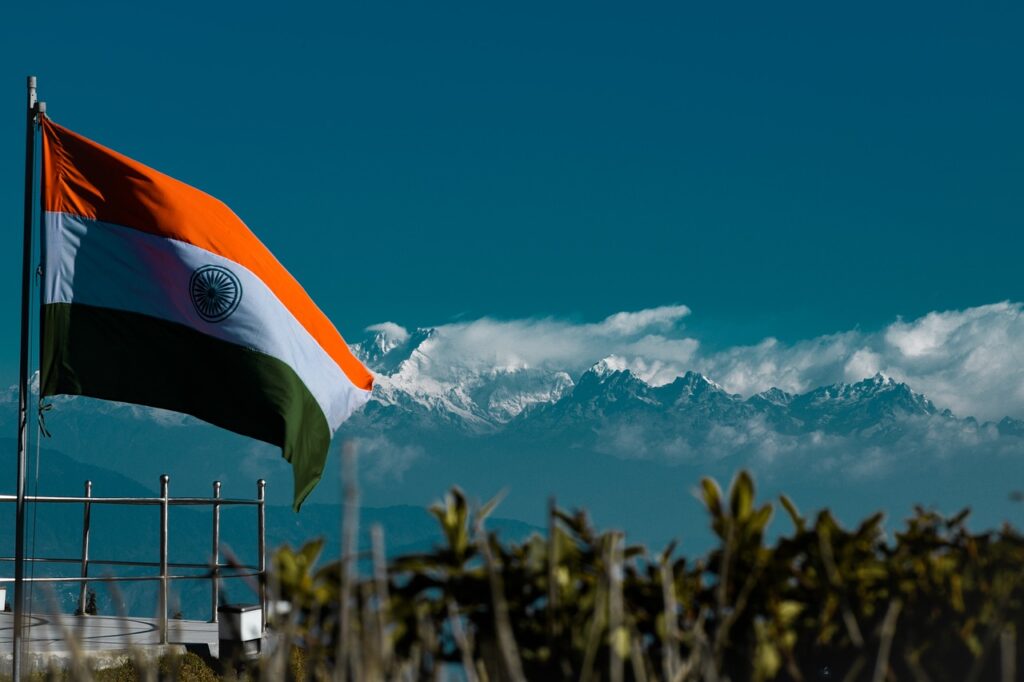India’s push to establish itself as a global green hydrogen leader has encountered a setback. The Solar Energy Corporation of India (SECI) has withdrawn a high-profile tender to establish at least two large-scale green hydrogen hubs, citing challenges likely tied to technical feasibility, capacity demands, and possibly lukewarm private sector interest.
The tender, first announced in August 2023, offered a total of ₹2 billion (approximately $23.3 million) in funding support—an amount that appeared modest in comparison to the scale of ambition. Under the original plan, each hub was expected to produce at least 100,000 tonnes of green hydrogen annually. Hydrogen Insight estimates this would require between 600–900 MW of electrolyser capacity per hub, depending on the technology’s efficiency and availability of renewable electricity.
Given global electrolyser CAPEX costs, which can range between $500–$1,000 per kilowatt depending on scale, source, and geography, the available funding from SECI translates to roughly $11.6 million per hub. This represents only a fraction of the potential upfront capital needed—pointing to a mismatch between government financial incentives and the real-world economics of project execution.
While India has committed to becoming a key player in the green hydrogen economy through its National Green Hydrogen Mission—with a target of producing 5 million tonnes per annum by 2030—this cancellation suggests persistent barriers at the project development level. In particular, the requirement for high production volumes within a short timeline likely deterred bidders unable to secure grid access, renewable PPAs, or offtake agreements at scale.
Although India is accelerating electrolyser manufacturing—with companies like Reliance, L&T, and Ohmium scaling up—project developers face ongoing uncertainty around hydrogen pricing, infrastructure readiness, and the bankability of offtake deals. These issues are especially critical for first-of-a-kind hubs, where there is no existing pipeline or demand aggregation mechanism.
The requirement to complete the hubs by the end of March 2025 added further strain, offering little room for permitting, land acquisition, technology deployment, or commissioning. Developers would have needed to front-load risk and capital to meet compressed timelines, likely without full visibility on long-term revenue streams.
The cancellation comes at a critical time, as India’s hydrogen roadmap enters a more mature phase. With the Hydrogen Mission offering broader policy direction—including ₹17,490 crore (~$2.1 billion) allocated for incentives and R&D—market watchers had hoped SECI’s hub tender would serve as an early anchor for demand creation and technology deployment.
Instead, the move may signal a need to recalibrate the scale and structure of government-led initiatives. Rather than large, standalone hubs with stringent production targets, policymakers may shift toward modular or phased rollouts tied to industrial clusters, refineries, or export corridors. Incentives linked to electrolyser capacity, rather than annual output, could also improve uptake.
Stay updated on the latest in energy! Follow us on LinkedIn, Facebook, and X for real-time news and insights. Don’t miss out on exclusive interviews and webinars—subscribe to our YouTube channel today! Join our community and be part of the conversation shaping the future of energy.





